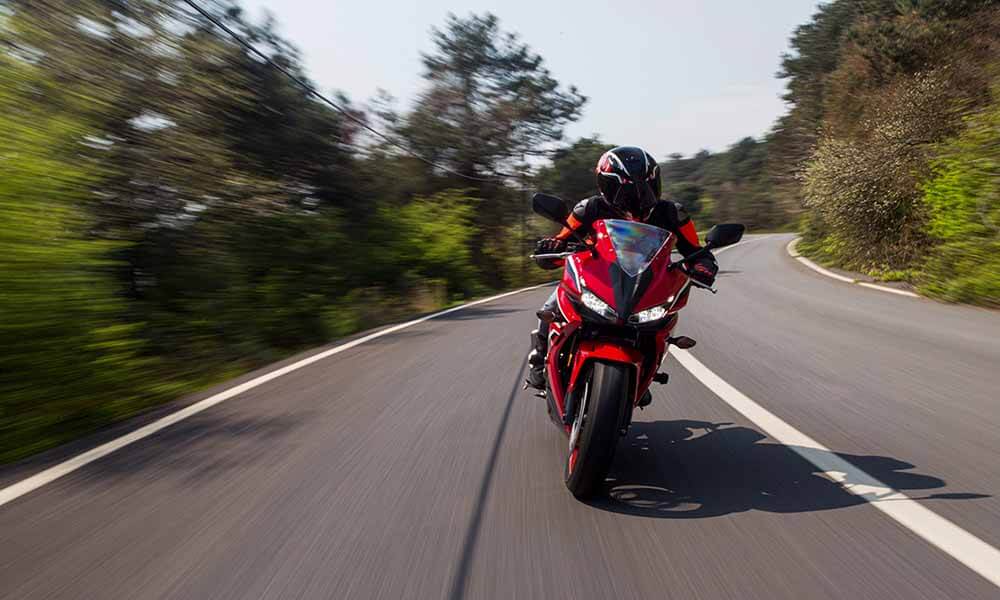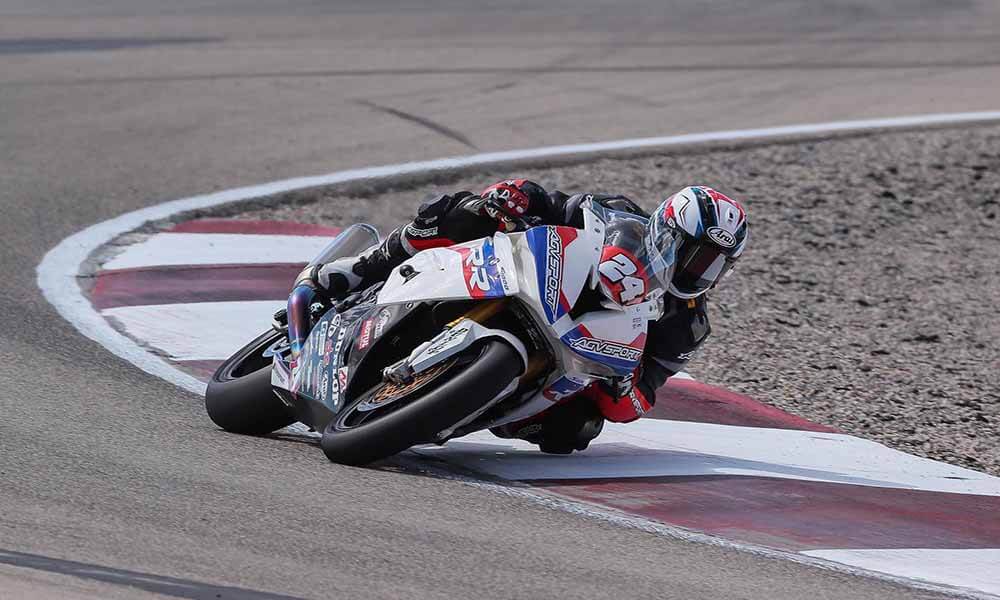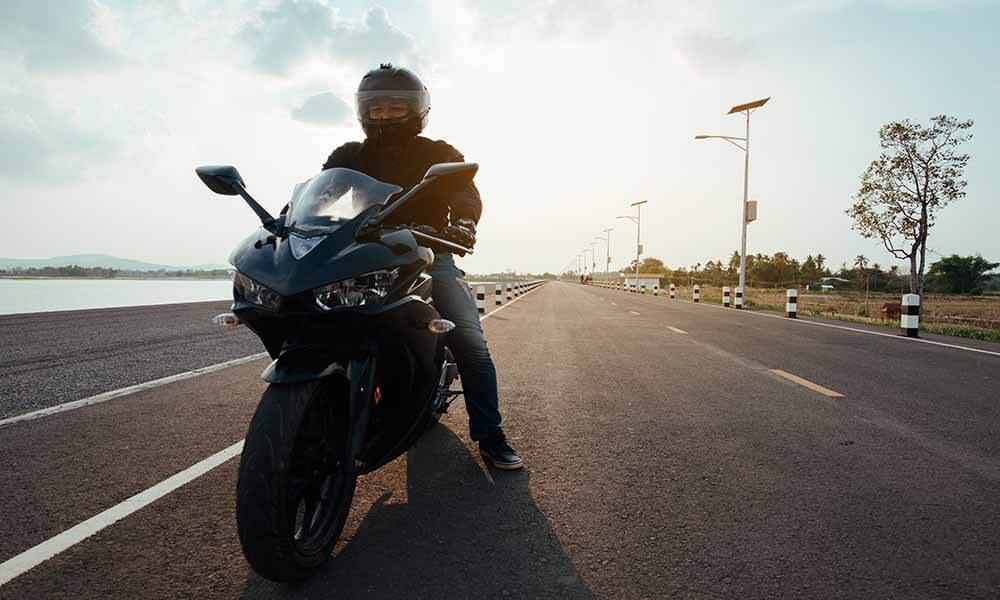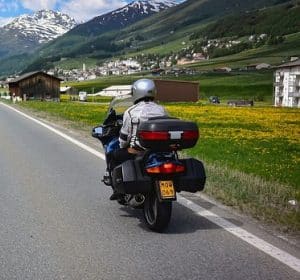The truth is, perfecting your motorcycling skills is work and takes motivation and dedication. It takes time and sometimes resources. For instance, you can enroll in riding schools to refine your riding techniques and skills. You can also decide to self-train. Either way, you’ll spend time and money to achieve this.
Whichever option you settle for, being smart on the road can make you faster. It also enhances your safety and gives you a more enjoyable riding road experience. That said, here are eight tried and tested motorcycle riding tips and tricks to help you improve all your motorcycle riding skills. You can become a more experienced and safer rider.
Best 8 Motorcycle Riding Tips and Tricks
Eyes on the Road

Unless you’re on a relatively remote road, you can expect to see and interact with many things. Those can make your motorcycling experience memorable or send chills down your spine. You must think “should I split lanes”? Are there obstacles ahead? A sharp bend you’ve to be careful about? Has a vehicle veered into your lane? Is someone pulling in front of you?
Instead of focusing on the obstructions and activities, be sure to you keep your eyes on the road. Allow the spot on the track to lead you to your destination. You might find it tricky at first. So, be patient and keep practicing.
You May Also Like: Do You Have to Use Hand Signals on a Motorcycle?
You’re Always the most AT RISK Road User
When you start your ride, remind yourself that you’re the most vulnerable person on the road. In case of any mishap, the injury or worse is likely to be on you. Of course, there’ll be instances you might be lucky and escape, but you can never count on luck. Your safety is way more important than who was wrong or right in the event of an accident.
Perhaps, you could have saved the day if you’d been careful. Maybe, you were too fast and missed the car that pulled right in front of you. If you’d been more aware, and more focused, you would have slowed down in anticipation of what the car driver was doing. Put differently, it’s about considering what you could have done better to avoid an accident.
This tip helps to increase your alertness while on the road. Also, it isn’t helpful to just motorcyclists alone. It’s a general road safety idea that can help enhance road safety for all motor vehicle operators.
Fine Tune your Low-Speed Control Skills

Whether you’re on an adventure bike, dirt bike, scooter, sport bike, or street bike, it’s intelligent to perfect your low-speed bike control skills. For one, it’ll help you develop your clutch and throttle control. It also allows you to master balancing your bike at slow speeds.
A big parking would be an excellent place to practice slow-speed maneuvers. Tagging a buddy wouldn’t be a bad idea either. They’ll come in handy in case you drop your four-wheeler. Next, take time to:
- Ride in tight circles
- Take U-turns
- Practice figure-8 maneuvers
- Work on your low-speed slaloms skills
- Take tight turns from a stop
However, if you’re riding a very heavy large motorcycle, this tip can be challenging. Those models are heavier, and their turning radius is more expansive than their smaller counterparts. It’s not uncommon to drop your bike or stall it at some point. If that happens, just pick yourself up and continue practicing.
Practice Hard Braking
Like the previous motorcycle riding tip, adequate space will be necessary for this specific trick. So, look for a place away from traffic like an open back road or park. Mount your motorcycle and accelerate at different speeds while gently squeezing the brakes. Then, monitor how long the bike takes to stop.
This is a rinse and repeat process to help you develop quick hard braking skills. You’ll find the skill useful in real road situations when the need to slam on those brakes arises without warning.
Hard braking will also help you appreciate your bike’s limits and avoid exceeding them. Further, it’ll provide the right environment to learn how your ABS engages. That means more motorcycle control and lesser chances of skidding.
Remember that on most dry road surfaces the front brake does most or all of the braking!
Use your Knees, not your Hands

The thumb rule is striving to keep the weight of your hands. The trick helps you to remain in control. However, limiting the weight on your hands can be challenging when braking heavily. At the same time, compromising on control wouldn’t be an option.
The trick to use is to relax your upper body. Then, use your knees to grip the tank firmly. That way, you’ll still be in control and save your hands the agony of bearing the weight
Focus on the Vanishing Point
This is related to keeping your eyes on the road. However, you’ll be more interested in the far-away distance—as far away as your eyes can take you. The idea is to look at where the edges of the road meet. If you notice it drawing closer, the corner is becoming tighter. It’s time to slow down.
If the vanishing point appears to move away, the corner is opening up. Feel free to engage the throttle. Easy? Not really. Even experienced riders often find themselves focusing on their immediate environment. However, it’s essential to balance both motorcycling tips—be keen on what’s happening in the short and far away distance.
You May Also Like: How Many Miles Do Motorcycles Last? 5 Critical Factors Determining Longevity
Leveraging the Power in the Front Brakes

The front brakes of your motorcycle are more powerful than the rear brakes and the engine when it comes to stopping your ride. If you’re looking for the easiest method to halt your motorcycle, just understand its front brakes’ mechanisms. Here’s how to achieve that:
- Keep your index and middle fingers on the brakes. Have the remaining three on the throttle.
- Rest the two fingers on the lever if you notice the environment might compel you to brake suddenly but smoothly. This is popularly known as “covering” the brake in the motorcycling space.
- Increase your braking ability by loading the front tire. Also, avoid applying the full force braking technique. Instead, start by gently pulling the lever to compress the front suspension. The idea is to push the tire towards the ground and allow it to accommodate the bike’s weight. It delivers a smooth braking experience.
- Continue pressing to achieve the desired deceleration. Notice when the front tire begins to lose traction or the rear one feels like it’s coming off the ground. It’s a sign you’ve reached the bike’s maximum braking ability.
- Hold the lever pressure. Alternatively, you can back off to an ideal level.
Practice, Practice, and Practice Again
Of course, you’d be correct to say that you’ve been practicing all along. After all, you’re often on your bike, and it’s the same thing. However, the kind of practicing in discussion is different. While you’ve been on auto pilot, the goal here is to ride and ensure you’re doing it correctly.
You’ll want to assume that a police officer is assessing you. Alternatively, you can bring along a riding buddy. Take turns to observe each other and provide honest feedback.
You can also take it a notch higher and have a running commentary. Include what you can see alongside what you’re doing. Also, ensure the commentaries are ultra-specific. For instance, I’m checking the intersection before crossing would be better than looking ahead.
Putting it in words compels you to be keen and engraves better motorcycling tricks inside of you. Remember, the goal is to honor every motorcycle riding rule like:
- Correctly using your mirrors
- Flash your brake light at the right time
- Change lanes correctly and smoothly when necessary
- Perform shoulder checks
Conclusion
You already have eight motorcycle riding tips and tricks to help you improve your riding skills. Besides, these ideas can enhance your safety and that of other road users. Keep in mind that most of the tips and tricks require time to master. Patience and consistency are the other buddies to tag during your practice sessions.
FM/M


